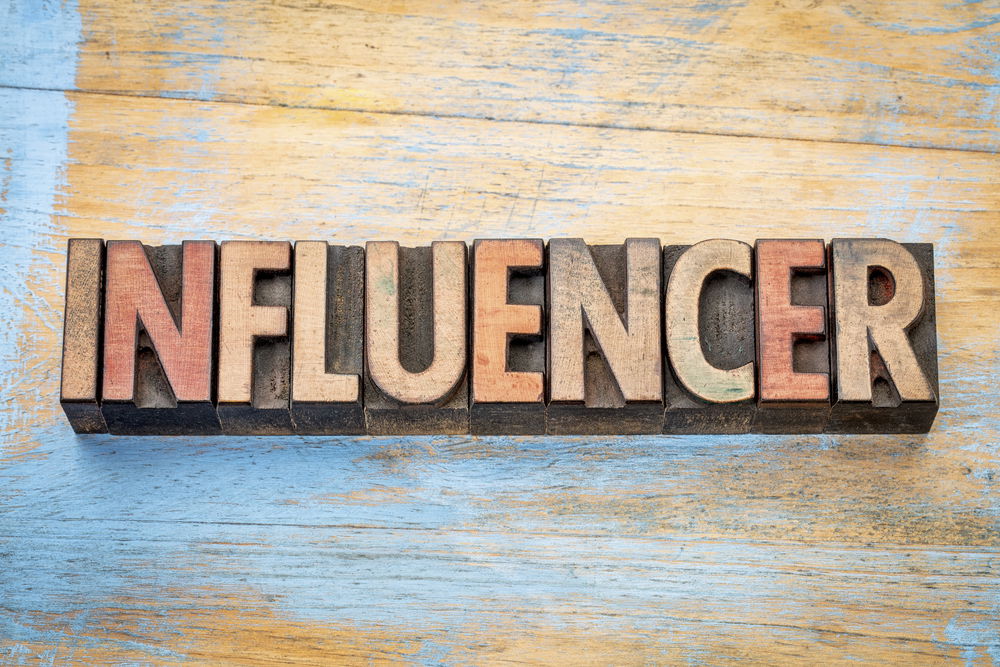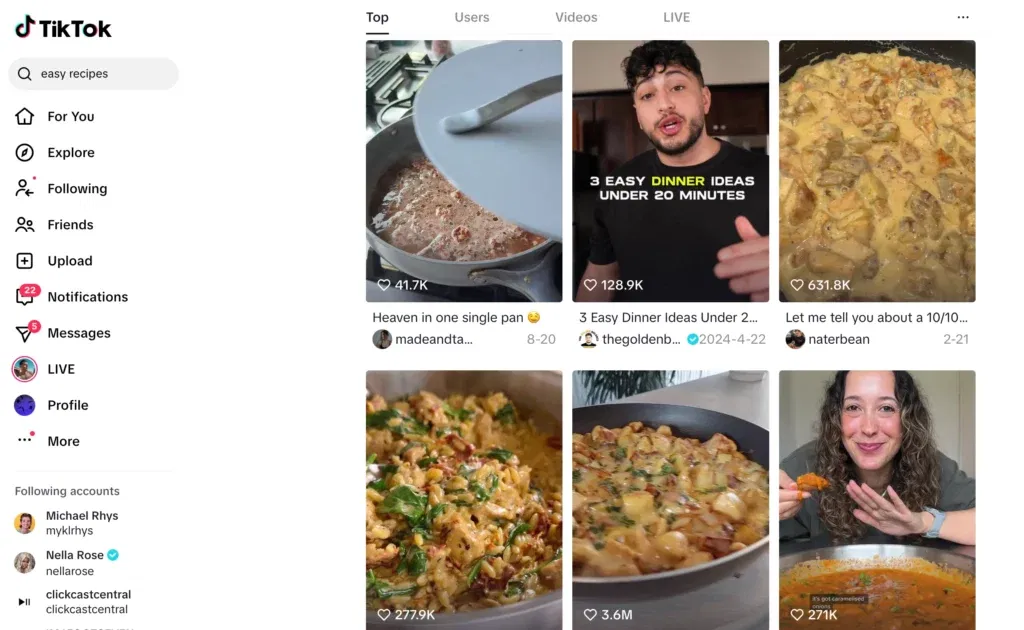Many businesses are jumping on the influencer marketing train to reach potential customers and boost sales. But to determine if it’s a worthy investment, you must learn how to measure the effectiveness of your influencer marketing campaigns.
How you measure your return on investment (ROI) will depend on your goals. With that said, I’ll start by discussing the types of influencer marketing ROI (based on goals) before exploring how to measure the returns.
Table of Contents
Types of Influencer Marketing ROI

Some of the major influencer marketing goals include boosting sales, driving brand awareness, and improving customer engagement. These goals define the various types of influencer marketing ROI. Let’s take a closer look.
1. Direct Sales ROI
Direct sales ROI focuses on the immediate sales from your influencer collaborations through promo codes, unique links, or exclusive offers.
In measuring the ROI for direct sales, you must track the number of sales from influencer posts. Other metrics to track include:
- Returns on ad spend ROI (ROAS)—revenue generated for each dollar you spend on an influencer campaign.
- Conversion rate, which reflects the number of people taking the desired action after clicking on an influencer’s post.
2. Indirect Sales ROI
Brand awareness and customer engagement fall under indirect sales ROI because their contributions to revenue are long-term.
For example, people might not make an immediate purchase when they become aware of your brand through influencer collaborations. However, with proper nurturing, they can become paying customers and positively impact your bottom line over time.
These types of returns are harder to track since it’s challenging to assign a direct monetary value to metrics like awareness and engagement.
However, each of these ROIs has its defining metrics, which we’ll discuss next.
Brand Awareness ROI
This type of influencer marketing ROI measures how well your influencer program introduces new audiences—especially your target audience—to your brand.
To track influencer marketing efforts for brand awareness, you’ll need key metrics like:
- Reach: The total number of unique people who see the influencer content.
- Post impressions: This metric tracks the number of times the content is shown to people.
- Follower growth: An increase in your social media followers during and after a campaign shows that the influencer is helping to boost your brand’s popularity.
- Website traffic: You can use Google Analytics to check your organic traffic. An increase in traffic hints at a successful influencer marketing campaign.
- Branded search volume: This metric indicates the number of people searching for your brand name.
- Brand sentiment: This refers to people’s feelings about your brand. You can use social listening tools like Sprout Social to track brand sentiment.
- Brand recognition: As the name implies, it refers to people’s ability to recognize your brand when they see brand assets like your logo. For example, when you see a red “N” on a black background, Netflix comes to mind.
- Social media mentions: This metric, different from branded search volume, shows the number of people tagging or mentioning your brand on social media platforms.
Brand Engagement ROI
One of the results of successful influencer partnerships is an increase in engagement. While you want people to be aware of your brand, it’ll be more beneficial when they interact with it. Interaction fosters your brand’s relationship with the target audience and improves customer loyalty.
Some of the engagement metrics to evaluate include:
- Social media engagement metrics such as likes, comments, retweets, shares, and post saves
- Email subscriber count
How to Measure Your Influencer Marketing ROI
Let’s discuss the steps to measure influencer marketing ROI.
Determine Your Campaign Goals

I’ve already covered the different goals you can achieve from your influencer campaigns—determine which is most relevant to your business. For instance, if your brand needs sales to meet a target, you may choose the immediate sales goal. But if you’re a new brand, boosting brand awareness may be more beneficial.
Having a clear campaign goal makes it easier to quantify the performance of your influencer marketing program.
Identify Relevant Influencer Marketing KPIs
Based on your goals, decide which key performance indicators (KPIs) or important metrics are relevant for tracking. For example, if your intent for your influencer marketing campaign is brand awareness, you should be focusing on tracking your reach and impressions.
Once you’ve identified which tracking metrics are relevant to your goal, ensure you have the appropriate tool to measure them accurately. I mentioned social listening tools and Google Analytics in the section above. You can also use social media analytics to see metrics like impressions.
Add Up Your Expenses
The next step is to calculate how much you’re spending on your influencer marketing strategy. This includes agency or influencer fees, analytics software fees, content production costs, and the cost for paid ads if you promote the influencer’s content.
Calculate Your Campaign Revenue

To measure tangible goals like sales, you can track revenue by calculating the amount you earned from an influencer through their unique links or discount code.
However, the tricky part is, how to measure something as abstract as “awareness”? Well, this is what you do in this case.
If your influencer marketing goal is something like brand awareness or engagement, assign a monetary value to each unit of relevant metric.
For instance, with your data model, you can check how much a certain number of impressions has brought you in the past and then calculate an average for one impression.
However, this is only possible with an accurate and well-defined data model.
Calculate Influencer Marketing ROI
The final step is to calculate the influencer marketing ROI after calculating the total costs of the influencer campaign and the revenue generated. You’ll need basic math to do this.
ROI = (Revenue/Cost) × 100
So, if your total revenue was $40,000 and you spent $20,000, then your ROI is:
($40,000/$20,000) × 100 = 200% ROI
Easy!
What Is a Good ROI for Influencer Marketing Campaigns?
Generally, a positive ROI means earning more than you spend, while a negative ROI is the opposite.
On average, however, brands make $5.78 for every $1 spent on influencer campaigns. This is equivalent to 578% ROI, which is good. You could even find some top companies that make 2,000% ROI or more from their influencer marketing campaigns.
Tips for Better Influencer Marketing Results
A 578% ROI sounds good. But you can make it to the top 13% of businesses, making 20 times their initial costs by following these tips:
Before You Start, Set Clear Goals
When I provided the steps for measuring influencer marketing ROI, the first thing I addressed was determining your goal. This should be the first step before starting your campaign.
Think about what you want to achieve from your influencer relationships. It’ll guide your choice of influencers and allocation of marketing budgets.
Share Influencer Content Across Your Online Platforms
Don’t limit your influencer content to just one social media platform. Share it across other social platforms, including your website. This maximizes the impact of your influencer partnerships and enhances your marketing efforts.
Run Paid Ads for Your Influencer Content
While organic reach is valuable, you can further amplify the influencer-generated content through paid ads to enhance visibility. This approach ensures the content reaches a larger audience beyond the influencer’s following.
Evaluate Your Influencer Marketing Strategies
Regularly assess your campaign strategy to see what works and what does not. Review relevant metrics based on your campaign goals. Doing this will help you identify high-performing influencer content to guide future campaign strategies.
Select the Right Influencer
Choosing the right influencer is crucial to your influencer marketing success. Look for influencers whose values, styles, and audiences align with your brand. The right influencer will find it easier to create authentic content that will resonate better with their followers.
Ready to Boost Your Influencer Marketing ROI?
Influencer marketing can lead to well-rounded business growth in terms of brand awareness, engagement, and increased revenue. While the results are noticeable, quantifying them can sometimes be a problem.
Fortunately, I can do the heavy lifting for you. My team of professionals can take charge of your influencer campaigns from start to finish, assuring you of a successful campaign. Contact us now to discuss how we can take your influencer marketing to the next level, or schedule a meeting directly here. I look forward to collaborating with you.




